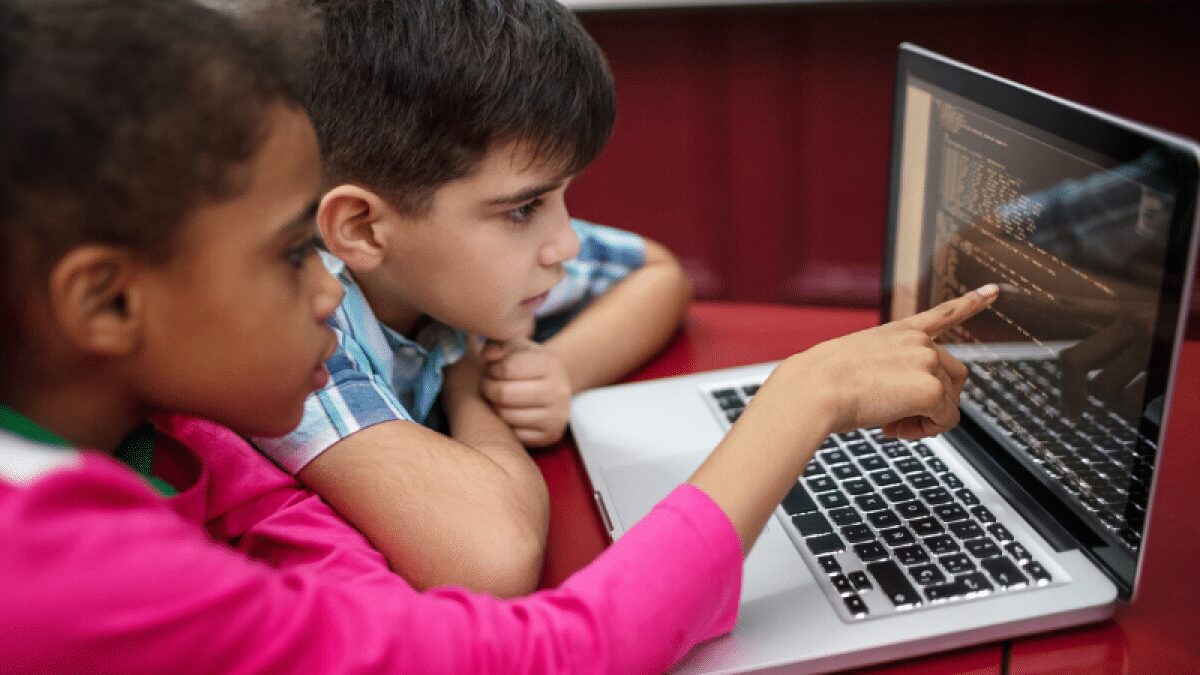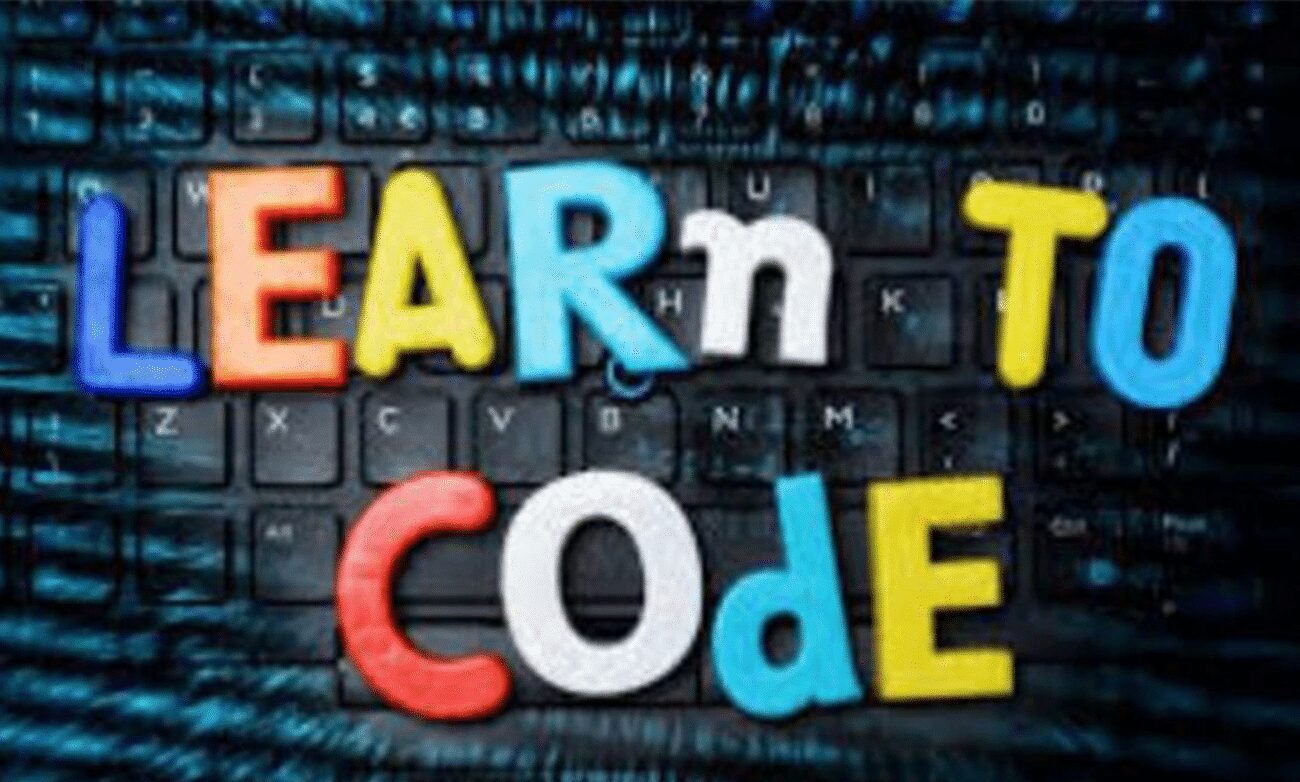Robotics teachings can be used in any grade and topic, not just science and math. While retaining the class’s educational focus, teachers can use robots to integrate STEM and CS.
To augment a literature lesson, students can programme robots to depict literary characters’ journeys. Students can determine the time to run a programme for their robot using math.
STEM does not need instructors to abandon their entire curriculum. Instead, execute one project or performance task per semester, for two to three weeks at a time. Keep it simple, and focus on the pleasure and learning.

Here are some resources and suggestions.
LINKING ROBOTS TO SCHOOLS
Robotics is an area of engineering that deals with the design, construction, and use of robots. This field combines with CS.
In the classroom, educational robots help youngsters learn basic engineering design and programming abilities while allowing them to observe real-time code effects. We may also help kids build professional skills like planning, teamwork, and perseverance while integrating literacy, science, and math.

Here is some background for pupils to keep learning authentic:
- In commercial agriculture, robots roam farmland, harvest crops, and care for plants without human assistance.
- In health care, AI and AR help disabled people wearing robotic exoskeletons find their way.
- Robust mechanical arms assemble cars and conduct precise instals.
- Remotely operated vehicles collect data from space and other worlds.
SELECT A ROBOT
Choose robots that are easy to assemble and clean up afterward while teaching robotics in the classroom.
The following firms provide alternatives for all grades and budgets:
PBS Kids: Curious George Build a Bot for K–5.
Help K–5 kids programme robots using Bee-Bot.
Pupils can use Sphero to create shapes, spell, and learn coding. This at-home guide allows parents to assist as well.
Ozobot: Offers K–12 coding choices with or without computer screens.
Lego and Vex also allow students of all ages to build robots, which is popular among hobbyists and competitive robot builders.
FRAMEWORK FOR BEGINNING
Regardless of your robot or platform, take these four calculated actions to help your children become accustomed with technology.
-
Know your gear. Students can identify and categorise their robot’s primary components by exploring lessons through play. Start with structure, motion, electronics, and other tools. Be sure to explain each group.
-
Make the robot (when applicable). This is a fun phase for younger students who are new to robotics.
-
Know the functions of gears, motors and sensors. This step explains essential ideas in automation and robotics engineering and offers context for the utilisation of the robot’s components.
-
Learn to code. Most gadgets come with missions that show kids how to use motors to move the robot and sensors to detect touch or motion. They can create their own programmes using visual programming blocks as they get used to the built-in applications. That’s why the block coding option in the Sphero Edu app is built on Scratch.









